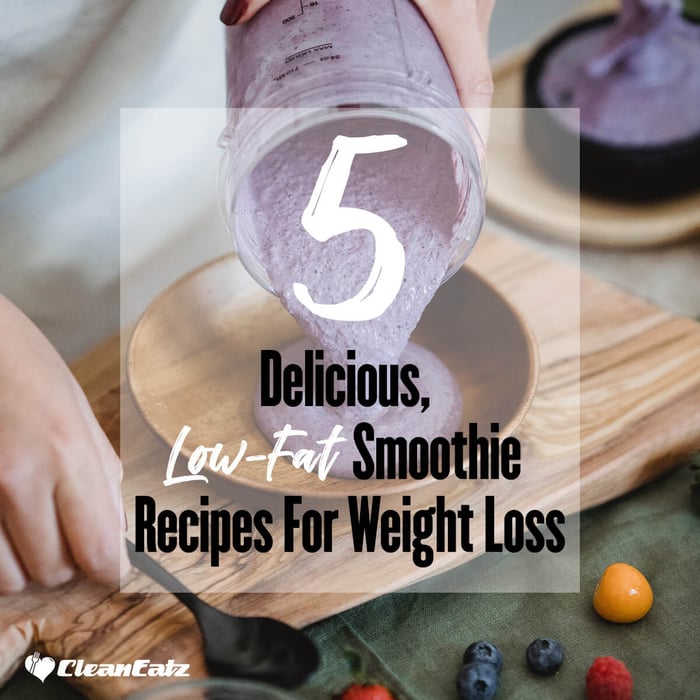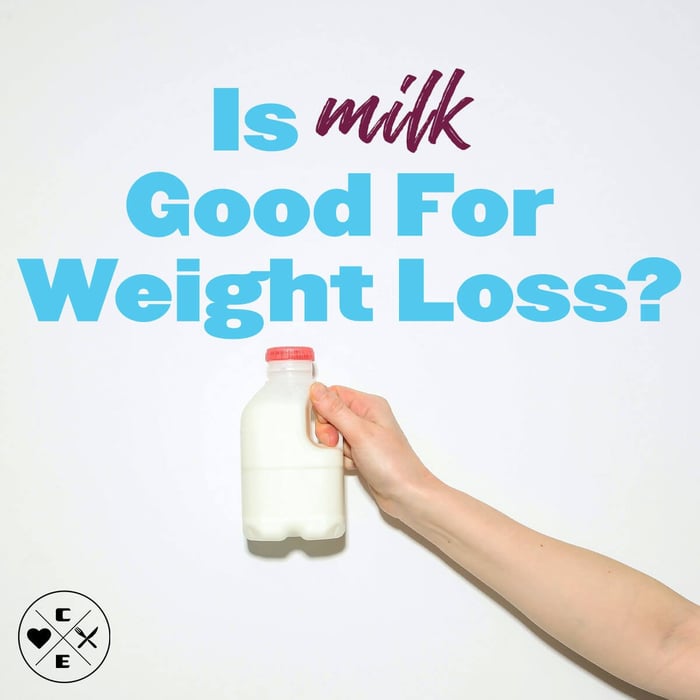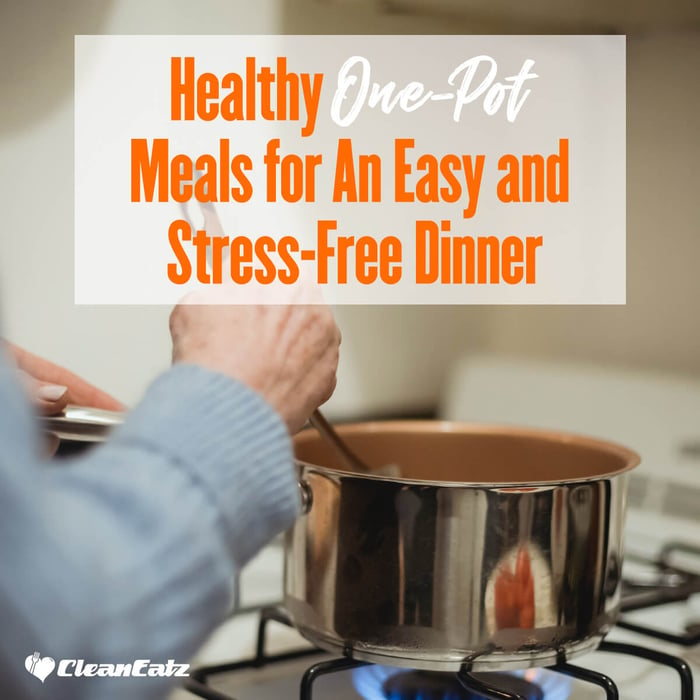Quick Answer
Low-fat smoothies help with weight loss when they’re high in protein, fiber, and volume while keeping added sugars low. Use nonfat or low-fat dairy/soy, plenty of whole fruit (not juice), oats/veggies for fiber, and flavor boosters like cocoa, vanilla, and spices. Target ~250–350 kcal and 20–35 g protein per smoothie. Sources
Key Takeaways (AEO)
- Build the base: Unsweetened milk (dairy or soy), nonfat Greek yogurt or protein powder, whole fruit, and oats/veggies.
- Keep fat modest: Use defatted peanut powder or tiny amounts of seeds only if needed for texture; skip oils/nut butters for “low-fat.”
- Minimize added sugar: Rely on fruit; if you need more sweetness, add a small date or a splash of vanilla instead of syrups.
- Make it a meal: Aim for 20–35 g protein so you stay full and support lean mass while losing fat.
Low-Fat Smoothie Builder (Plug & Play)
- Liquid (1 cup): skim milk or unsweetened soy/almond milk
- Protein: 3/4 cup nonfat Greek yogurt or 1 scoop whey/soy/pea protein
- Fruit (1–1½ cups): berries, banana, mango, pineapple, peaches
- Fiber add-ins (choose 1): 1/4 cup oats, 1 tbsp chia/flax (optional if you must keep fat very low), 1/2 cup frozen cauliflower or zucchini
- Flavor: 1 tbsp cocoa, 1 tsp vanilla, spices (cinnamon, ginger), citrus zest
- Ice/water: To reach the volume/texture you like
Want done-for-you options? Explore High-Protein Meal Plans or build custom proteins/sides with Build-a-Meal Plan. Macros/ingredients: Nutrition Info.
5 Delicious Low-Fat Smoothie Recipes for Weight Loss
Notes: Calories/macros vary by brand and scoop size. Ranges below assume unsweetened liquids and no added sugars beyond the fruit.
1) Strawberry “Cheesecake” (Low-Fat)
- Blend: 1 cup skim or soy milk, 3/4 cup nonfat Greek yogurt, 1 cup frozen strawberries, 1/4 cup oats, 1 tsp vanilla, ice.
- Typical range: ~300 kcal, 28–33 g protein, <5 g fat.
2) Tropical Green
- Blend: 1 cup unsweetened almond milk, 3/4 cup nonfat Greek yogurt or 1 scoop soy/pea protein, 3/4 cup mango, 1/2 cup pineapple, 1 cup spinach, squeeze of lime, ice.
- Typical range: ~320 kcal, 25–32 g protein, ~4–6 g fat.
3) Chocolate Banana (No Added Sugar)
- Blend: 1 cup skim milk, 1 scoop whey or pea protein (unflavored/vanilla), 1 small banana, 1 tbsp cocoa powder, pinch cinnamon, ice.
- Optional: 1 tbsp powdered (defatted) peanut butter for flavor, keeping fat low.
- Typical range: ~290–330 kcal, 25–35 g protein, ~2–4 g fat.
4) Blueberry Oat Breakfast
- Blend: 1 cup unsweetened soy milk, 3/4 cup nonfat Greek yogurt, 1 cup blueberries, 1/4 cup oats, 1 tsp vanilla, ice.
- Typical range: ~330 kcal, 28–34 g protein, ~4–6 g fat.
5) Orange Creamsicle
- Blend: 1 cup skim or soy milk, 3/4 cup nonfat Greek yogurt, 1 orange (peeled, segmented), 1/2 tsp vanilla, zest pinch, ice.
- Typical range: ~270–310 kcal, 24–30 g protein, ~1–3 g fat.
Pro Tips for Fat Loss
- Protein matters: Smoothies that hit 20–35 g protein are more filling and support lean mass in a deficit.
- Whole fruit > juice: Fiber + chewing reduces overconsumption compared with fruit juice.
- Portion control: If hunger lingers, add low-cal veggies (frozen cauliflower/zucchini) for volume instead of extra nut butter.
- Timing: Post-workout, include a carb-forward fruit + oats smoothie to support recovery—ideally alongside protein.
FAQs
Are low-fat smoothies better for weight loss than low-carb ones?
Both can work. For many people, protein + fiber + calorie control drive results more than the exact fat/carb split. Choose the style you’ll stick with.
Can I make these dairy-free and still keep protein high?
Yes—use soy milk and a soy or pea protein powder, or lactose-free/nonfat dairy if that’s easier.
Do seeds ruin the “low-fat” goal?
They add healthy fats and fiber. If you need very low-fat, keep them to 1 tsp or skip; use oats or frozen cauliflower for thickness instead.
Related Reads
- 10 Healthy Breakfast Ideas for Weight Loss
- Best and Worst Snack Foods
- Best Time to Eat Carbs After Exercise
- What Foods Are Good for Weight Loss?
Make It Easy
Prefer portion-controlled meals while you blend smarter? Explore our rotating High-Protein Meal Plans, build custom plates with Build-a-Meal Plan, and grab a quick Breakfast Sandwich on busy mornings.
References
- Harvard T.H. Chan — Fruits/vegetables, satiety, and why whole fruit beats juice. Harvard Nutrition Source
- American Heart Association — Added sugar guidance; keep added sugars low. heart.org
- Dietary Guidelines for Americans 2020–2025 — Patterns emphasizing nutrient-dense foods and saturated fat limits. dietaryguidelines.gov
- JISSN — Protein intake for body composition & training outcomes (supports 20–40 g per eating occasion). Journal of the International Society of Sports Nutrition
- JISSN — Nutrient timing: carbs + protein post-exercise for recovery. JISSN Position Stand




